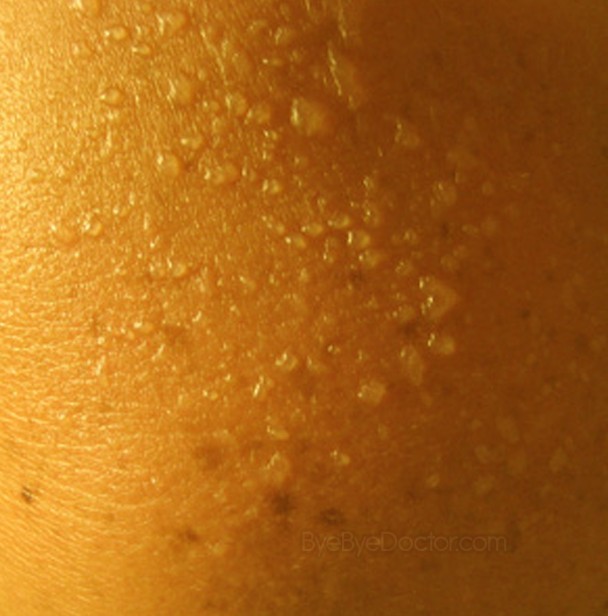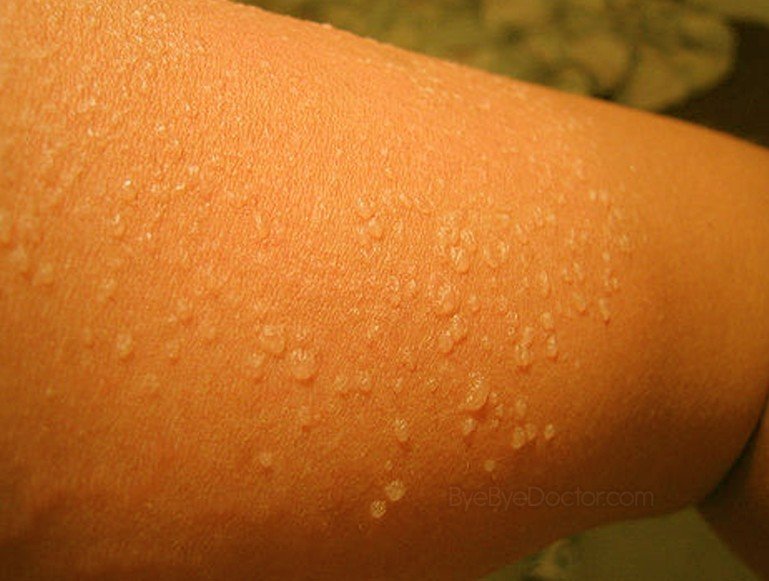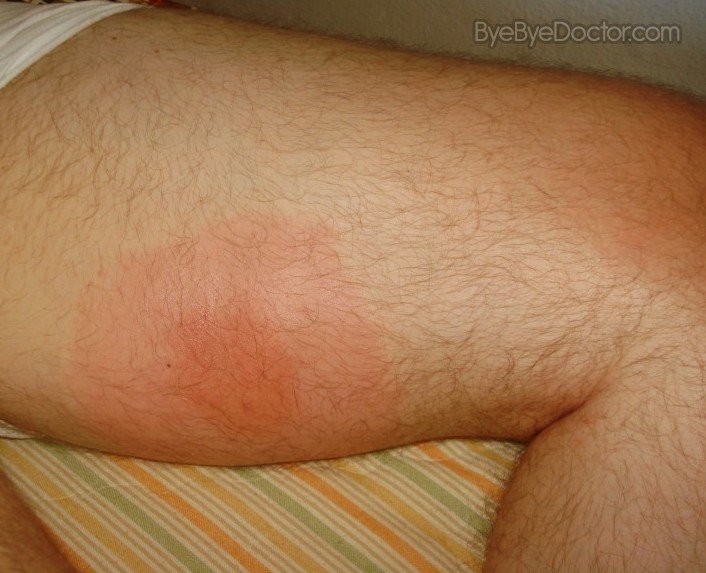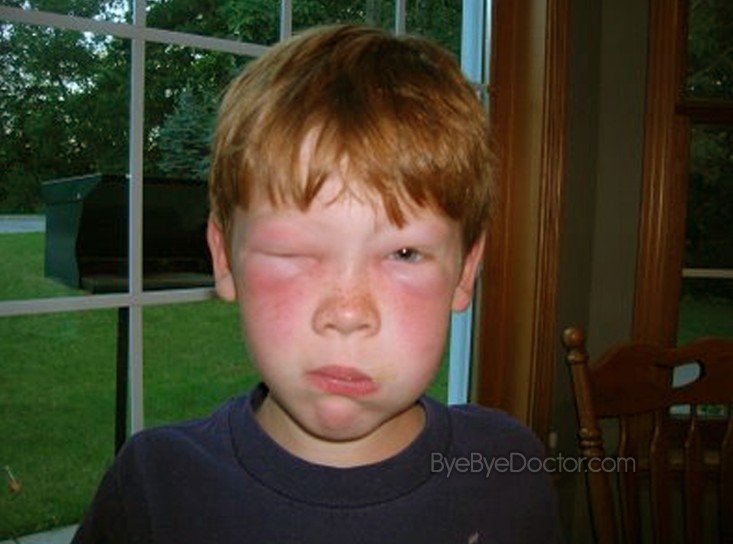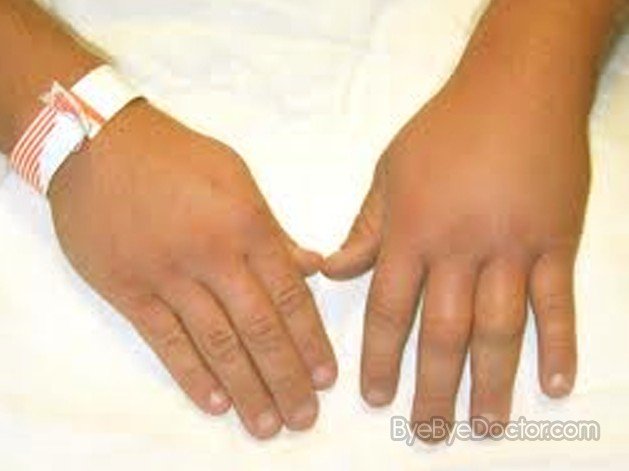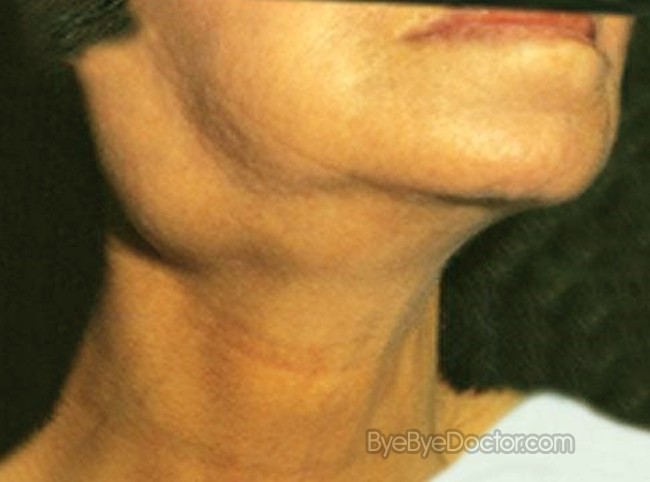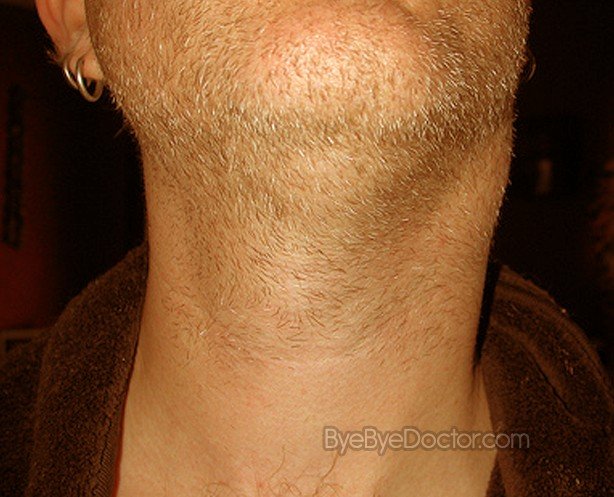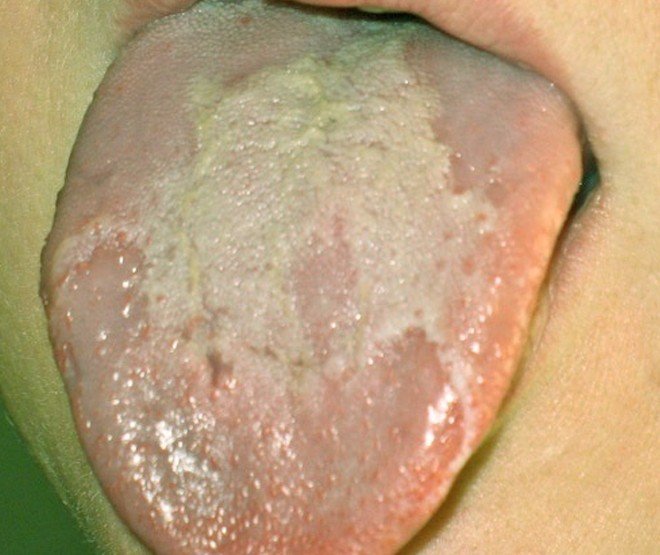Pancreas Pain – Location, Symptoms, Causes, Treatment
What is Pancreas pain?
This is a pain common in the abdominal area and is usually caused by the abuse of alcohol, inflamed pancreas also known as pancreatitis, pancreatic cancer or biliary disease. Normally, pancreas pain is the first indicator as well as the major complaint for individuals needing medical treatment.
The pancreas is often referred to as the “hidden organ” due to the fact that it is located very deep in the abdomen behind the stomach. In adults the pancreas is about 6 to 8 inches long and contains tubes that come together somewhat like the veins as seen in a leaf. These tubes meet to form one opening into the intestine that is located just behind the stomach.
The pancreas creates enzymes and juices that go thru these tubes into the intestine, where these enzymes mix with food. These enzymes digest protein, carbohydrates as well as fat so that they can be readily absorbed by the intestine. Because of this it plays an important role in the management of good health. The pancreas also creates insulin, which is used by the blood that is flowing thru the organ. Insulin is vital in regulating the glucose levels in the blood.
Pancreas Pain Location
The pains from the pancreas in the majority of cases are located in the middle upper abdomen above the belly button and overlying the area of the lower portion of the stomach and behind it. But, because of is shape and location, pancreatic pain may be also felt on the left or slightly right side of the abdomen, involving the lower left back to lead to a pancreas back pain, also known as pancreas referred pain.
Pancreas symptoms can vary from a mild as well as tolerable abdominal pain or dull abdominal ache to persistent, sharp and debilitating pain, as well as being associated with retching and vomiting.
Pancreas Pain Symptoms
Acute pancreatitis normally starts with sudden or gradual pain in the upper region of the abdomen which often extends thru the back. This pain can be slight at first and then feels worse after a meal. Nonetheless the pain is at time severe and can become persistent and can linger for a number of days. An individual with acute pancreatitis normally looks and feels very sick and need abrupt medical attention. Additional symptoms and signs can include:
- Tender or swollen abdomen
- Vomiting and nausea
- Fever
- Pulse that is rapid
Acute pancreatitis that is severe can cause blood pressure to fall as well as dehydration. The lungs, kidneys, heart can stop functioning. If bleeding happens in the pancreas, shock and in some cases even death can follow.
Chronic pancreatitis occurs when the pancreas becomes inflamed and does not improve or heal and becomes worse over time, eventually leading to damage that is permanent. Chronic pancreatitis, just as acute pancreatitis, happens when enzymes for digestion attack the pancreas as well as surrounding tissue, causing periods of pain. It most often occurs in individuals who are between the ages of 30 yoa and 40 yoa.
Individuals with chronic pancreatitis also suffer with pain in the upper abdomen while some develop no pain at all. This pain can migrate to the back, feel worse while drinking or eating and can become disabling as it becomes constant. In certain cases, the pain goes away as the problem worsens, probably due to the pancreas no longer producing digestive enzymes. Additional symptoms consist of:
- Nausea and vomiting
- Loss of weight
- Oily stools
- Diarrhea
Those with pancreatitis that is chronic will normally lose weight although their eating and appetite seem to be normal. This weight loss happens because the body does not discharge enough enzymes to digest food, so the nutrients are not absorbed as they normally would be. Digestion that is this poor leads to malnutrition because of the elimination of fat in the stool.
Pancreas Pain Causes
Pancreatitis that is chronic occurs when the pancreas has inflammation that doesn’t improve or heal – it only worsens over time and eventually causes permanent damage. Chronic and acute pancreatitis both occur when the enzymes for digestion attack the pancreas as well as adjacent tissues, causing pain episodes. Chronic pancreatitis usually develops in individuals who are between thirty and forty years of age.
The more common reason for pancreatitis is years of heavy use of alcohol. Chronic type of pancreatitis may be caused by only one acute attack that damages the pancreatic duct. The duct that is damaged triggers the pancreas to get inflamed. Scar tissue will then develop and slowly the pancreas is destroyed.
http://www.Symptoms-Causes-treatment.blogspot.com detect diseases at an early stage symptoms, and find out the causes and treatments best suited.
Some other causes of chronic pancreatitis are:
- Genetic illnesses of the pancreas
- Cystic fibrosis – inherited disorder that is more common and leads to chronic pancreatitis
- Hypercalcemia – levels of calcium in the blood are high
- Hypertriglyceridemia or hyperlipidemia – levels of blood fats that are high
- Certain medications
- Some autoimmune conditions
- Causes that are unknown
Pancreas Pain Treatment
Medical treatment is normally focused on the relief of symptoms as well as preventing any further irritation of the pancreas. Some complications of either acute or chronic pancreatitis can require surgery or blood transfusions.
In acute pancreatitis, the treatment is based on how severe the attack is. If there are no complications, care focuses on relieving the symptoms as well as supporting body functions so that the pancreas may recover.
Most individuals who are having an attack of acute pancreatitis are admitted to the hospital and the following will occur:
- Given oxygen if having problems breathing
- IV line is started in the arm and is used to give drugs and fluids. The fluids are needed to replace lost fluid from vomiting
- Medications for nausea and pain are prescribed
- Antibiotics are given if an infection is suspected
- No food or liquid given by mouth for a few days. This is known as bowel rest and gives a chance for the intestinal tract as well as the pancreas a chance to start healing.
- May need a nasogastric tube.
- If attack is longer than a few days, nutritional supplements are administered thru IV line
With chronic pancreatitis, the treatment aim is to relieve pain and avoid any further aggravation to the pancreas. Another focus of treatment is to maximize the individual’s ability to eat as well as digest food.
Medication is usually prescribed for pain if it is severe.
A low fat, high carbohydrate diet’ as well as eating smaller but more frequent meals can also help stop aggravating the pancreas. If an individual has problems with this diet, pancreatic enzymes in the form of pills can be taken to help with digesting food.
Individuals diagnosed with pancreatitis that is chronic are advised to stop drinking alcohol.
If the pancreas doesn’t create enough insulin, the body will need to regulate its blood sugar level so injections of insulin may be necessary.
If pancreatitis is caused by gallstones then an operation will be needed to have the gallstones as well as the gallbladder removed – this is known as a cholecystectomy.
If some complications, for instance severe injury of the pancreas or abscess or bleeding, surgery might be needed in order to drain, repair or remove the affected tissues.

